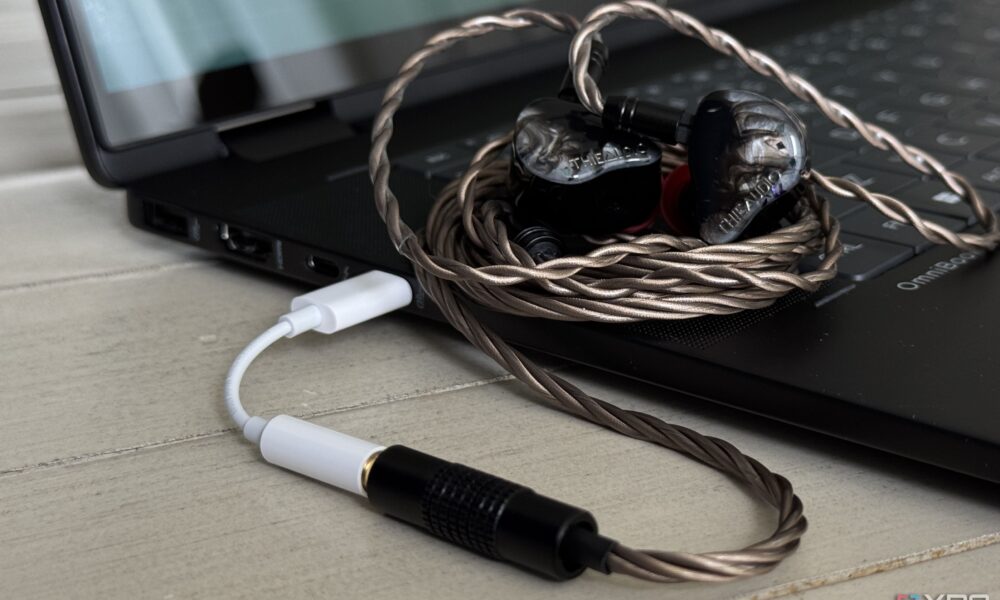URGENT UPDATE: Users are demanding better audio quality from USB-C docks, highlighting a critical oversight in the market. As of today, many docks provide insufficient audio support, frustrating both casual users and audiophiles alike.
A quality USB-C dock is indispensable for expanding laptop functionality, offering a single connection for up to ten devices including monitors, keyboards, and Ethernet. However, the current models are treating audio as an afterthought, leading to widespread dissatisfaction among users who value high-fidelity sound.
Most docks include a 3.5mm headphone jack, but the audio quality often falls short, making it difficult to achieve clear sound for calls and music. This trend ignores the reality that many users have invested in high-quality wired headphones and prefer the superior audio experience they offer.
The underlying issue stems from electrical noise generated within USB-C docks, which accommodate high-speed data and power delivery up to 100 watts. Without proper isolation, audio signals can become tainted with unwanted interference, resulting in hisses and static that ruin the listening experience.
Experts argue that manufacturers are missing a significant market. Even outside audiophile circles, users such as gamers and music producers require quality sound for optimal performance. In an age where wireless technology is prevalent, wired connections still provide unmatched audio fidelity without the risk of battery failure or dropped signals.
Adding a decent Digital-to-Analog Converter (DAC) to these docks could resolve many of these issues and wouldn’t significantly impact production costs. Affordable DACs are available on the market for as little as $10–$15, proving that clean audio circuitry can be integrated without breaking the bank.
Many consumers are frustrated by the need to purchase additional adapters for high-quality sound, which complicates their setup and invites compatibility issues. An integrated solution within USB-C docks would streamline the process, ensuring reliable performance every time.
As the demand for high-quality audio grows, will USB-C dock manufacturers heed this call? The lack of attention to audio quality in high-end products is baffling, especially when desktop motherboard makers continue to prioritize audio solutions.
WHAT’S NEXT: Consumers expect brands to step up and enhance their flagship products. As more users express their dissatisfaction, manufacturers may finally be compelled to address these audio concerns, potentially reshaping the landscape of USB-C docks.
Stay tuned for updates as the situation develops. The call for quality audio in USB-C docks is not just a niche demand; it’s a widespread necessity that could redefine user experiences in the tech landscape.



